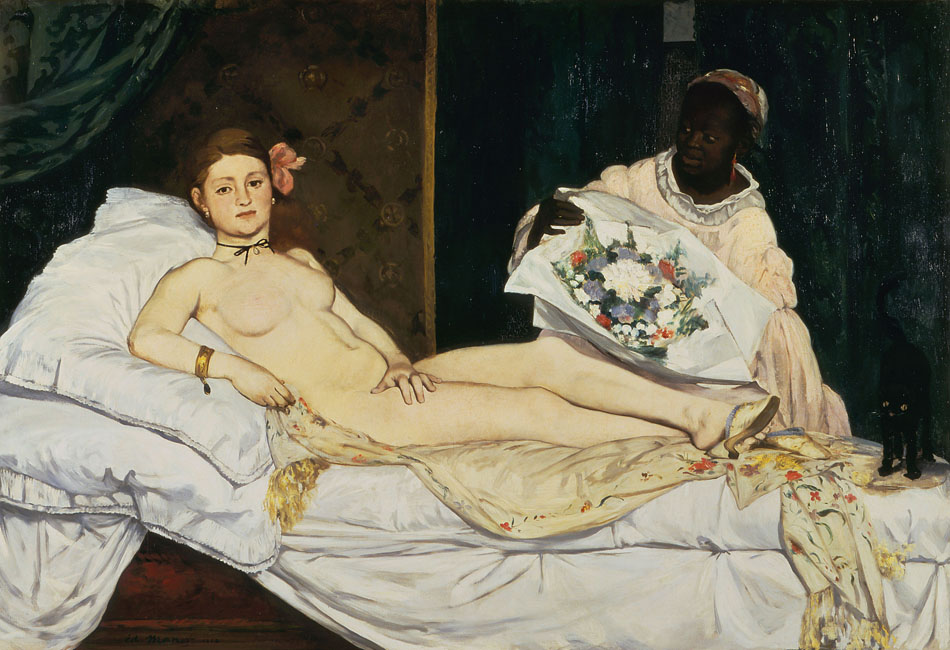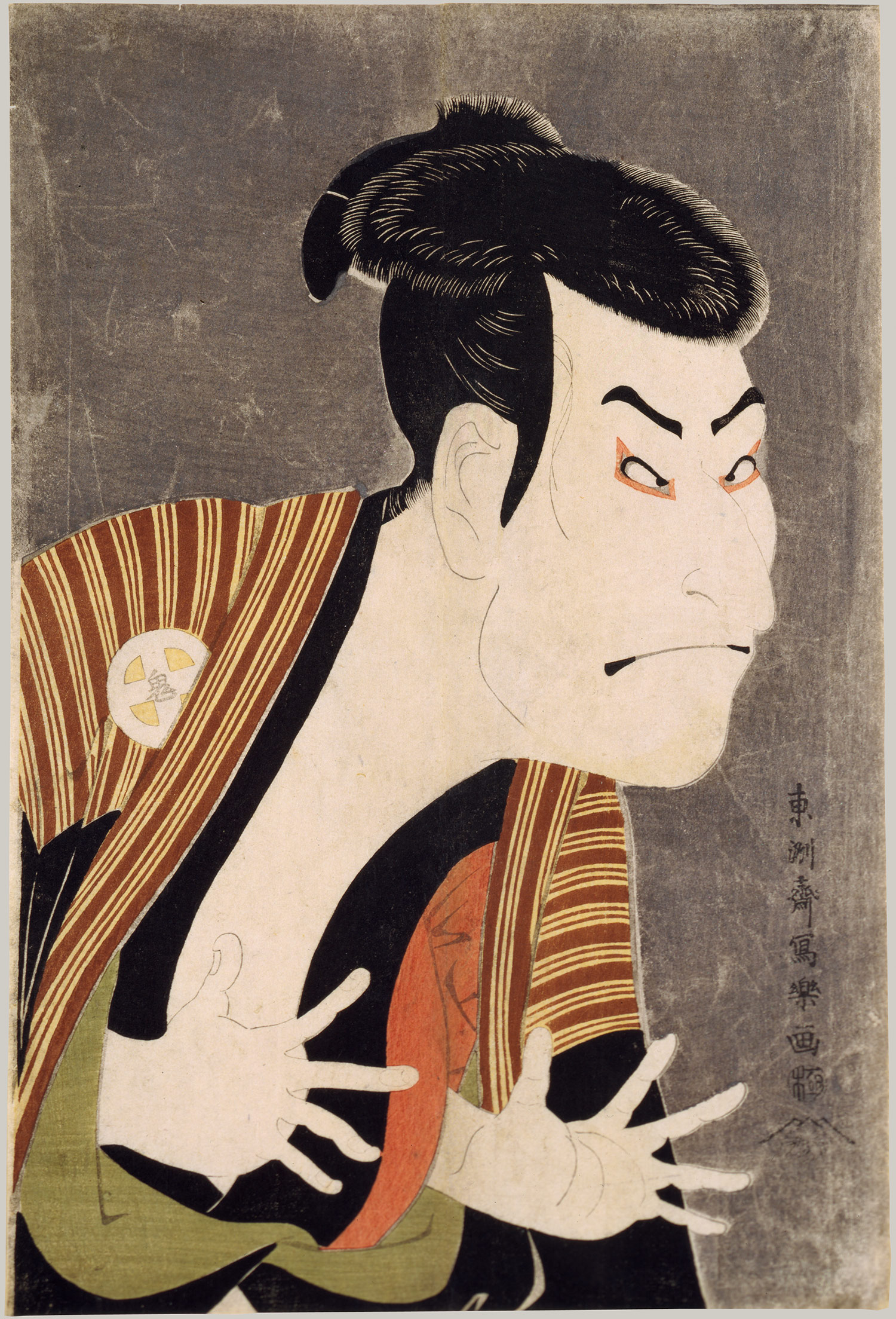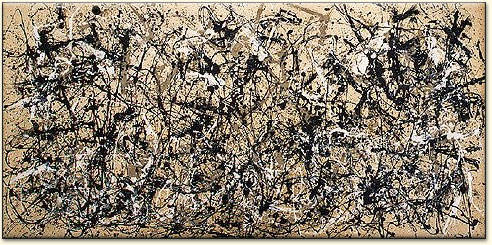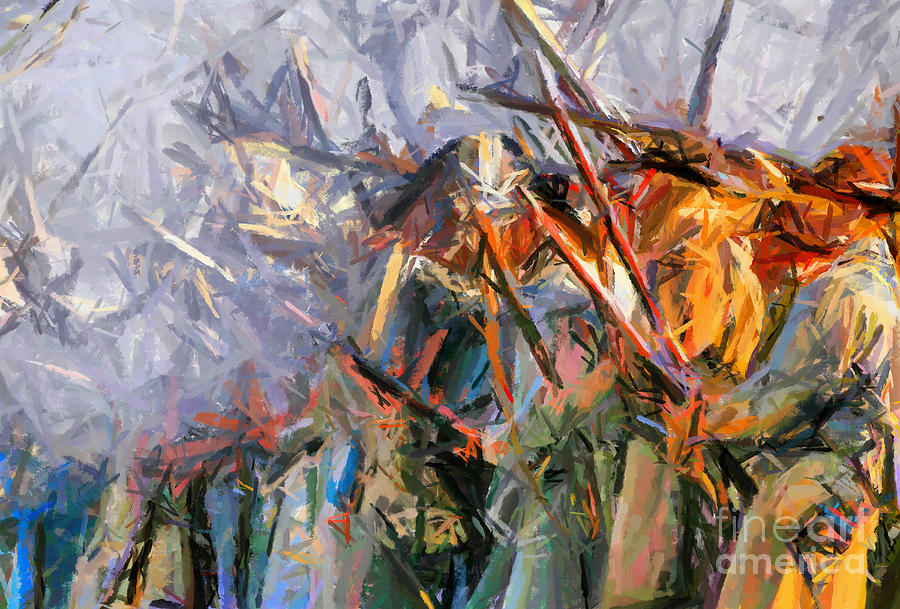It came after Art Noveau but it has little to do with it, in fact it is quite the opposite. In it(art nouveau) could be seen flowing organic curves were as in Art deco, is formed of linear symmetry. It got it's inspiration from other styles like neoclassical, constructivism, cubism, modernism and futurism, it even got a bit of inspiration from the ancient Egyptian and Aztec forms.
Art deco is for decorative purposes only and only for visual aspects. It's popularity decreased in the late 1930s' and early 1940s' but got back it's popularity during the 1960s' with the first book that was published on the subject of Art deco in 1968 written by Bevis Hillier. An exhibition organized by Mr.Hillier in Minneapolis in 1971 again help gain getting it back in style. It continued to grow when it started getting used in graphic design during the 80s'.

graphic design influenced by art deco

inspired by Art Deco

painting influenced by Art deco.
source: Art Movements - Art Deco. 2013. Art Movements - Art Deco. [ONLINE] Available at: http://pinterest.com/thebigmachine/art-movements-art-deco/. [Accessed 20 May 2013].

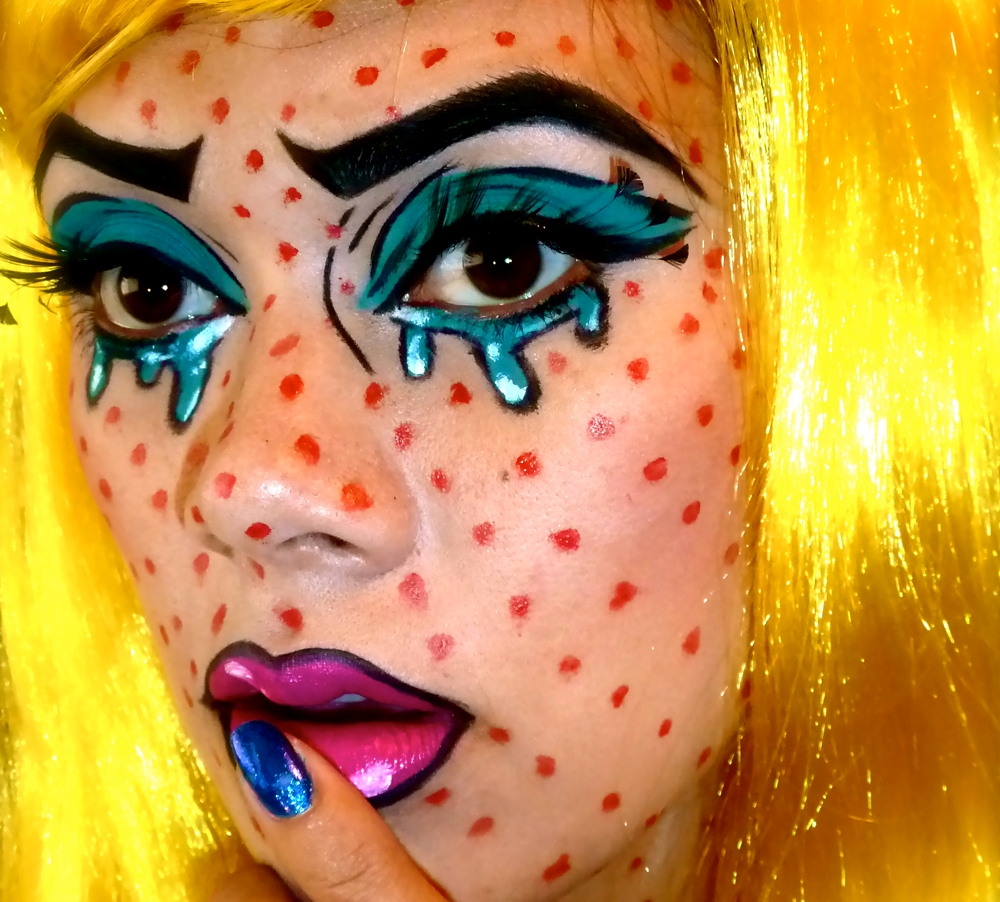












.jpg)
